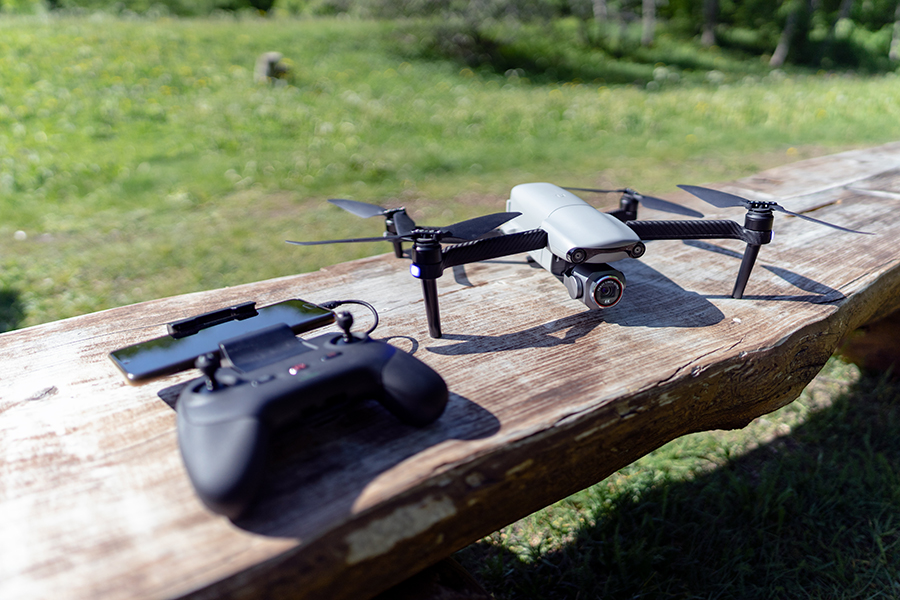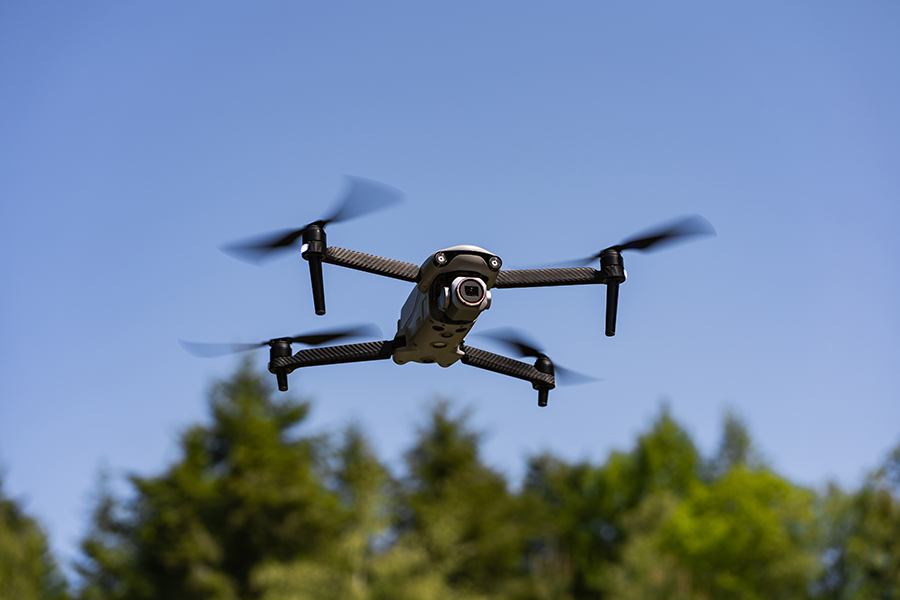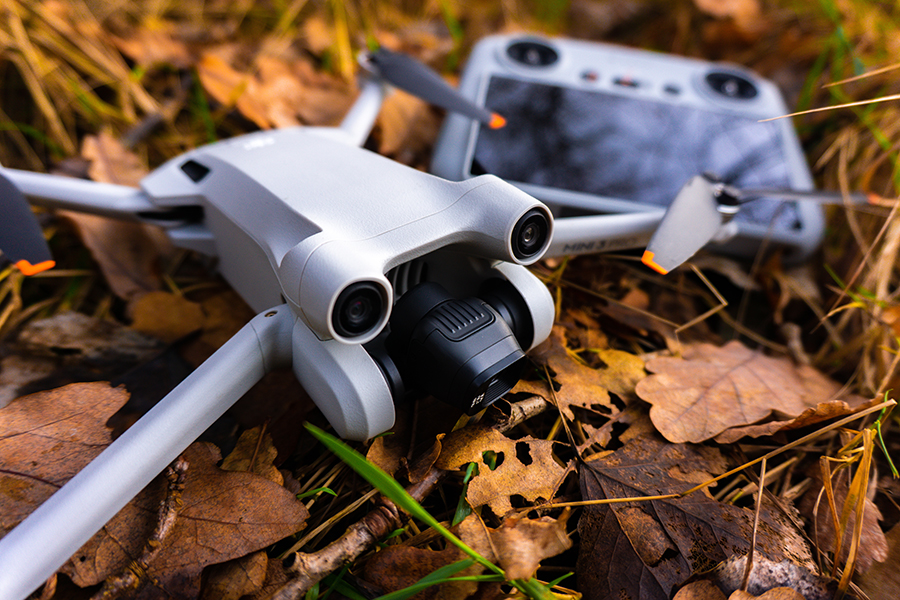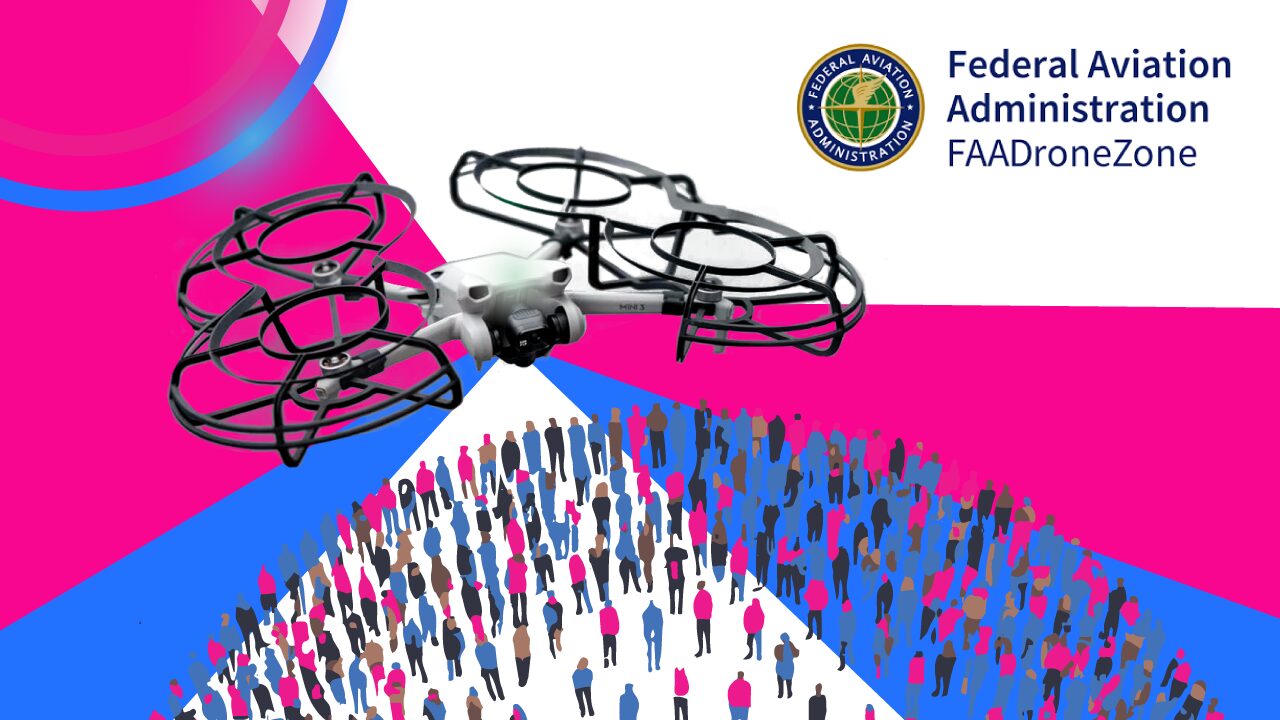Up until recently, drones have typically been used to take shots of sceneries or skylines that benefit from a wide format. However, the increasing importance of social media and consuming media on our phones has presented an intriguing use case for drones that can shoot vertical photos or videos.
Of course, it’s perfectly possible to crop your photos or make panoramas during post-processing to make them vertical. However, there is a risk of losing out on essential detail. To frame your shots better, it would be better to shoot images with a drone and camera that can physically be oriented vertically.
Which drones can shoot images vertically?
Right now, there is a very limited selection of drones that can shoot in true portrait mode – the DJI Mavic Pro, the DJI Mini 3 Pro, and the Autel EVO Lite. So far, only these three drones have cameras or gimbals that can physically rotate so that you can shoot stills and videos in portrait mode.
These drones offer the best options for shooting images vertically without losing any pixels, and while giving you full control over framing and composition. This comes particularly handy if you want to capture aerial videos for posting on social media.
Shooting vertical videos without a dedicated portrait mode

What if you don’t own any of the three drones mentioned above? Well, there are a couple of workarounds that will allow you to still create vertical images and videos even with a standard drone. The workflow might be a bit longer and the results not as good, but the effort is still worth it to catch all that sweet social media traffic.
Cropping
The simplest solution is to just record the images and videos as usual in landscape mode, and crop the output later on during post-processing. This has the advantage of giving you full control over the aspect ratio of the final result but requires a good deal of planning and foresight.
Vertical framing is something that you will need to consider when making your shots. Depending on the aspect ratio you are targeting, you will lose about 30% of the horizontal shot when making a vertical crop. You will want to make sure that all the interesting elements in your shot are packed within a narrow vertical column so you don’t lose any of them during editing.
The downside of this technique is that you lose a lot of the pixels that you captured during the drone flight. This likely will not be an issue if you’re just posting on social media but might be worth considering if you’re planning on selling videos of professional quality.
Vertical Panorama Mode
The more professional way to capture portraits with your drone is to do a vertical panorama. This requires a bit of post-processing but maximizes the resolution of your camera. This technique also will not help if you’re trying to capture videos in portrait mode.
To do a vertical panorama, simply select your scene and maintain as stable a hover as possible. You may choose to use your drone’s Tripod mode to help with stability. You will then want to take a series of photos while shifting the gimbal 20 degrees up and 20 degrees down. Make sure that the photos have a good amount of overlap between them.

Depending on the scenery you are shooting, you may need to adjust exposure levels to account for sunlight or reflection off the water. To eliminate the guesswork, it would be a good idea to enable Auto Exposure Bracketing (AEB). This will automatically take multiple photos for every shot, each at a different exposure value.
You will also want to avoid scenery with many or prominent moving objects. This can create unpleasant artifacts in the resulting panorama.
You will then need editing software like Lightroom to stitch or merge together the photos. This will give you a composite photo with a strange shape that you will need to crop for proper framing. Since several photos were merged together, the resulting panorama should have an even higher resolution that the native resolution of the drone’s camera.
Shooting a vertical panorama may seem like a lot of trouble, but the results are usually quite incredible. You capture the whole vertical breadth of the scenery you are shooting while preserving the resolution of your drone’s camera.
Final thoughts
Shooting portrait shots with a drone is still quite unconventional, thus the fact that there are not many drones designed for it. If this is important for you, your best bet would be to get a DJI Mini 3 Pro or an Autel EVO Lite – both fairly modern drones with cameras that can be oriented vertically.
If this is not an option, the best technique would be to do a vertical panorama. It takes some work to set up shots and edit them, but you are likely to get very good results. You can also do a simple crop, but a lot of the pixels you capture go to waste with this alternative.



